How to Use Collaborative Learning to Support Struggling Students
10 April 2025
Ever wondered why group projects in school always seemed like a chaotic mix of fun and frustration? Well, it turns out that collaborative learning isn't just about dividing tasks and hoping the smartest kid does all the work. When done right, it's a magic formula that can transform struggling students into confident learners.
If you're a teacher, parent, or even a student looking for ways to make learning more engaging (and a little less painful), you're in the right place. Let’s dive into how collaborative learning can be the superhero sidekick every struggling student needs. 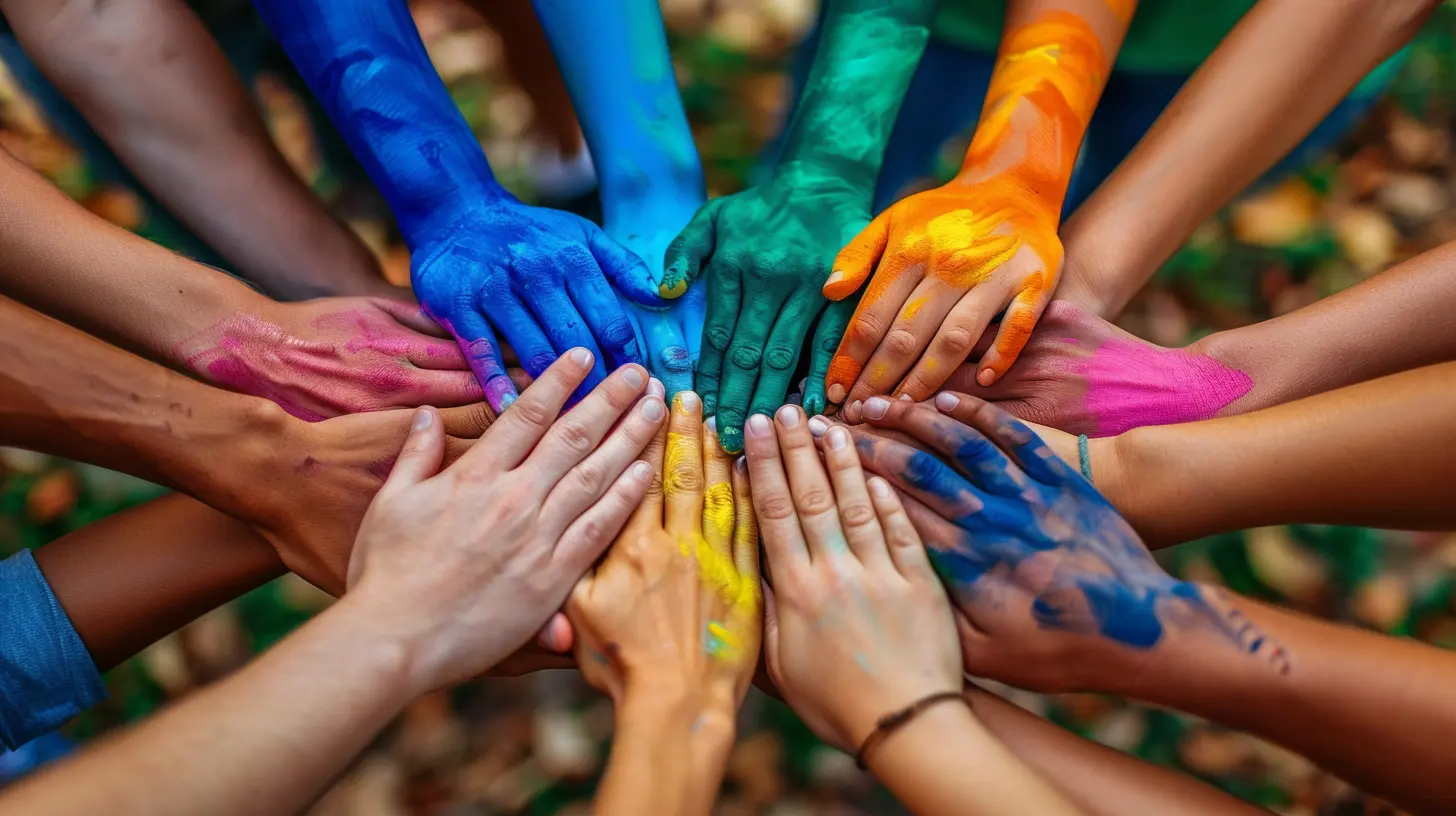
📌 What Is Collaborative Learning, Anyway?
Before we start throwing solutions around, let’s get one thing straight—what exactly is collaborative learning?In simple terms, collaborative learning is when students work together to achieve a common goal. Unlike traditional learning (where students work alone, listening to long lectures), this approach encourages teamwork, discussion, and problem-solving. It fosters a sense of community and makes learning feel less like a lonely struggle and more like an exciting adventure.
But here’s the kicker: It’s not just about putting kids into groups and hoping they magically learn. It requires structure, strategy, and the right mindset. 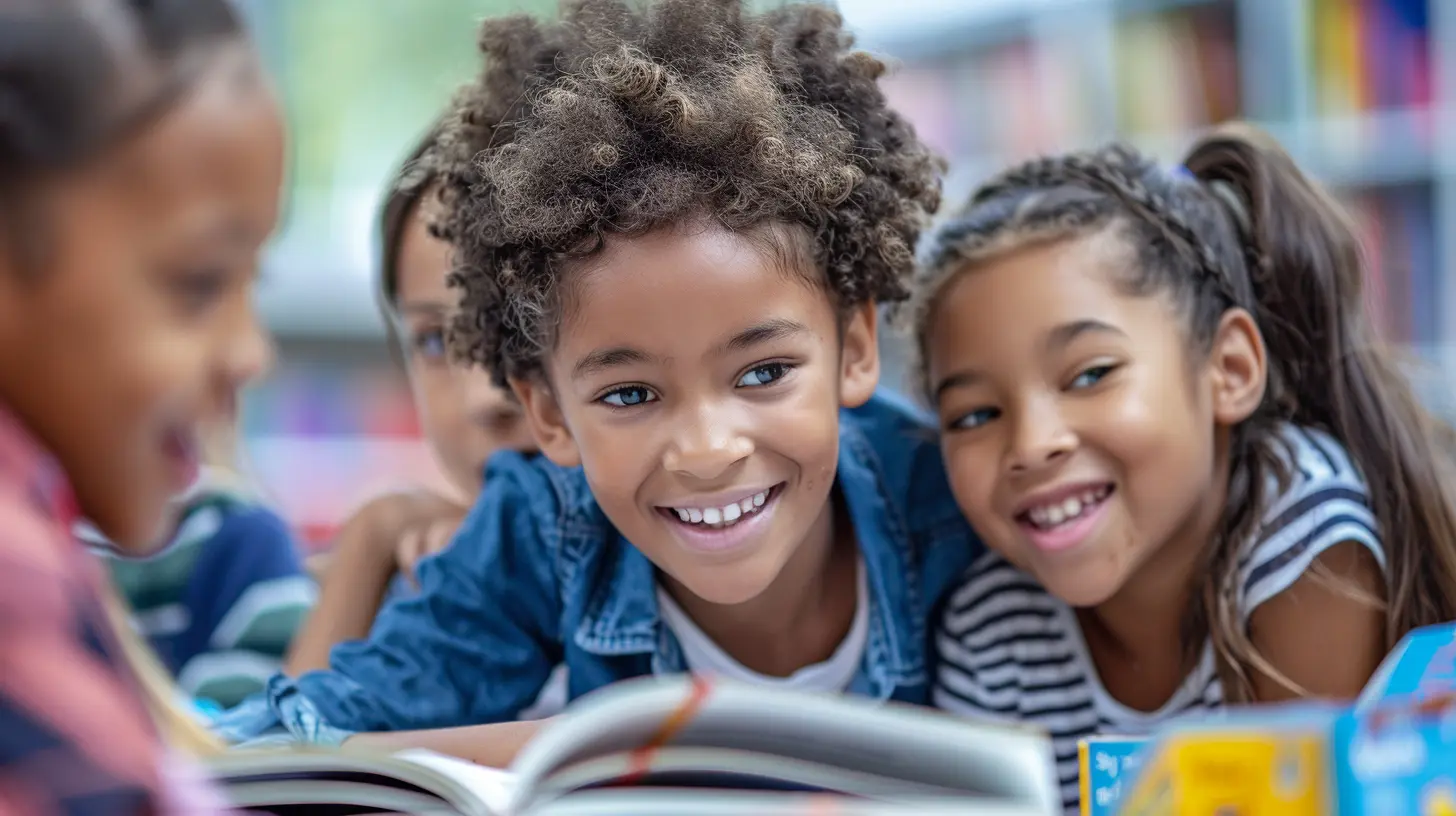
🤔 Why Collaborative Learning Works for Struggling Students
If a student is struggling, chances are they’re feeling confused, frustrated, or even disengaged. Collaborative learning breaks down these barriers by:✅ Making learning interactive – Instead of passively listening, students engage, discuss, and explain concepts to each other.
✅ Building confidence – Struggling students may feel intimidated by a teacher, but they feel more comfortable asking a peer for help.
✅ Encouraging different perspectives – Students learn from each other’s thought processes, which can lead to lightbulb moments.
✅ Fostering a supportive environment – When learning feels collaborative rather than competitive, students are more likely to take risks and try.
Now, let’s get into the juicy part—how you can actually implement collaborative learning! 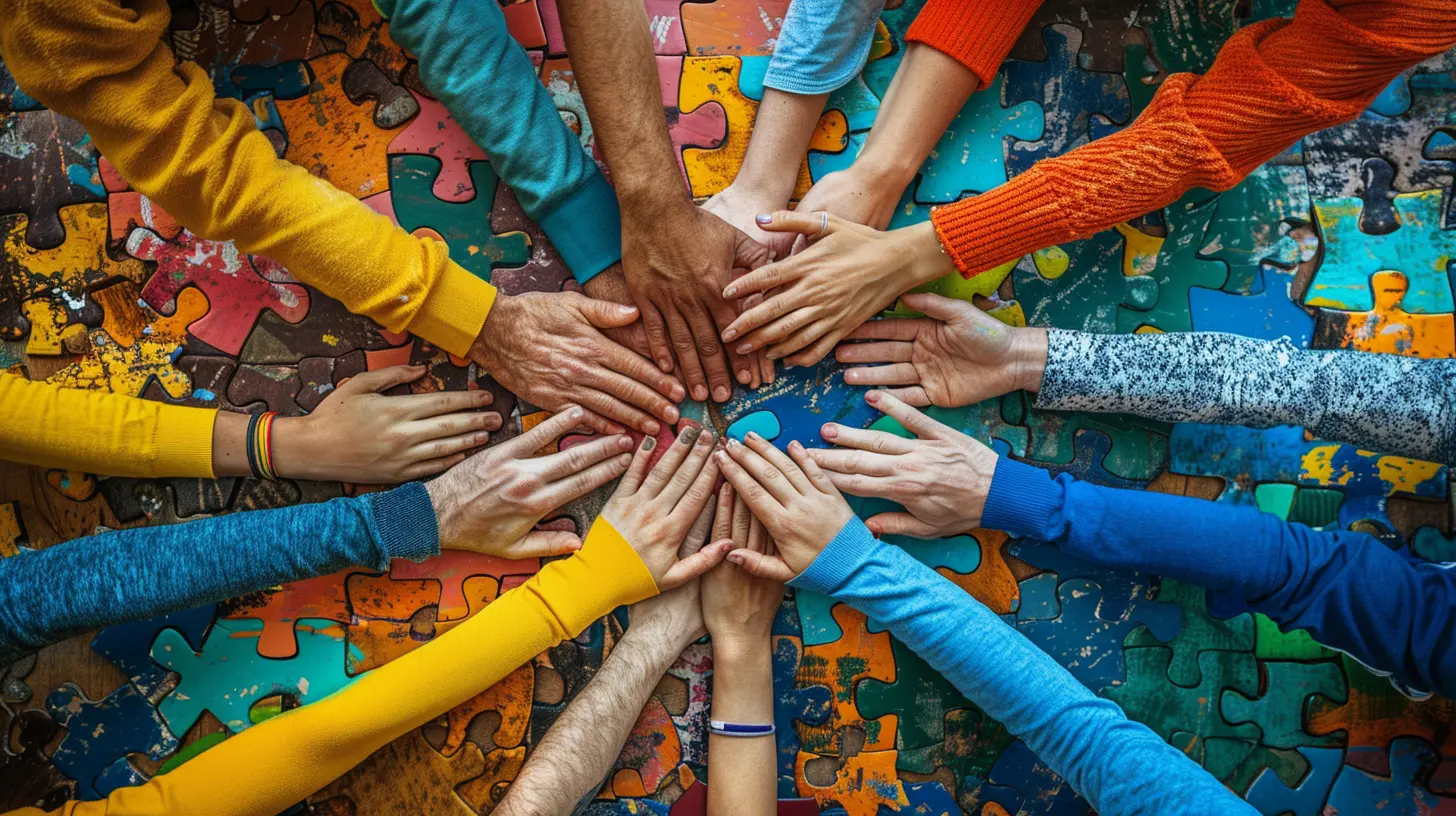
🔥 Strategies to Make Collaborative Learning Work
Simply telling students to “work together” won’t cut it. If you want collaboration to actually help struggling students, you need to set it up for success.1. Use Mixed-Ability Groups
Grouping struggling students together might seem like a good idea, but it often leads to frustration. Instead, mix abilities so that higher-achieving students can guide and support their peers.But here’s the trick—don’t rely on one student to be the “teacher.” Instead, encourage peer discussions where everyone contributes.
2. Establish Clear Roles
Without structure, group work can turn into a free-for-all where one student does everything while the rest sit back and relax. Assigning roles (like note-taker, researcher, timekeeper) ensures that everyone contributes in a meaningful way.3. Encourage Peer Teaching
Ever heard the phrase, “The best way to learn is to teach”? When struggling students explain something in their own words, it reinforces their learning. Let them swap roles and take turns teaching each other. You’d be surprised how much they retain when they have to explain it to someone else.4. Make Learning Hands-On
Worksheets and textbooks only go so far. Try incorporating interactive activities like:- Debates – Let students argue (politely, of course) for or against a topic.
- Game-based learning – A little competition can make learning exciting.
- Project-based assignments – Have students work on something real-world, like creating a presentation or designing a mini experiment.
When students are actively doing rather than just listening, struggling learners are more likely to stay engaged.
5. Use Technology to Your Advantage
Let’s be honest—students love their screens. Instead of fighting it, use technology to enhance collaboration. Consider:- Google Docs – For real-time teamwork on assignments.
- Kahoot! – A fun way to quiz students as a group.
- Padlet – A digital “bulletin board” where students can brainstorm ideas together.
The more interactive and engaging, the better! 
🚀 Overcoming Common Challenges
Collaborative learning isn’t always smooth sailing. Here are some roadblocks you might face (and how to tackle them).🌟 Challenge #1: One Student Does All the Work
- Solution: Assign specific roles and responsibilities to make sure work is distributed fairly.🌟 Challenge #2: Struggling Students Stay Silent
- Solution: Use structured activities that require everyone to contribute, like think-pair-share or round-robin discussions.🌟 Challenge #3: Group Conflict
- Solution: Teach conflict resolution skills and set clear expectations for respectful communication.With a little patience (and a lot of trial and error), collaborative learning can become a game-changer for struggling students.
💡 Final Thoughts
Learning doesn’t have to be a solo journey, especially for students who are struggling. Collaborative learning creates a sense of community, boosts confidence, and makes education more engaging.So, whether you're a teacher looking to revamp your classroom strategies or a student hoping to make studying less of a nightmare, give collaborative learning a shot. Who knows? It might just turn learning from a struggle into a success story!
all images in this post were generated using AI tools
Category:
Collaborative LearningAuthor:

Bethany Hudson
Discussion
rate this article
7 comments
Vaughn Gutierrez
Great insights! Collaborative learning fosters communication and peer support, creating a positive environment for struggling students to thrive. Essential strategies for educators!
May 1, 2025 at 2:58 AM

Bethany Hudson
Thank you! I'm glad you found the insights valuable. Collaborative learning truly is a powerful tool for supporting students.
Seraphine McCabe
Great insights! Collaborative learning truly fosters a supportive environment for struggling students, encouraging teamwork and shared understanding. Implementing these strategies can make a significant difference in their academic journey. Keep up the fantastic work!
April 16, 2025 at 11:22 AM

Bethany Hudson
Thank you for your encouraging words! I'm glad you found the insights valuable. Collaborative learning can indeed transform the educational experience for struggling students.
Kinsley McPhee
This article offers valuable insights into fostering a supportive learning environment. Collaborative learning not only encourages peer interaction but also nurtures empathy among students, creating a sense of belonging that can transform the academic experience for those who struggle.
April 15, 2025 at 1:00 PM

Bethany Hudson
Thank you for your insightful comment! I'm glad you found the article valuable in highlighting the importance of collaborative learning for fostering empathy and belonging among students.
Callista Graham
Collaborative learning isn’t just a trendy buzzword; it’s the ultimate game-changer for struggling students! Why let them stumble alone? Together, they can spark creativity, share insights, and build confidence. Remember, teamwork makes the dream work—so let’s ditch the solo slog and embrace the power of collaboration!
April 14, 2025 at 6:31 PM

Bethany Hudson
Absolutely! Collaborative learning truly empowers struggling students by fostering engagement, creativity, and confidence through teamwork. Embracing this approach can transform their educational experience.
Yazmin McVicker
I’m intrigued by collaborative learning! How can we effectively implement it to empower struggling students?
April 14, 2025 at 11:40 AM

Bethany Hudson
Thank you for your interest! To effectively implement collaborative learning for struggling students, create mixed-ability groups, set clear goals, and provide structured activities that encourage peer support and accountability. Regular reflection and feedback can also enhance their learning experience.
Lucas Myers
Collaborative learning transforms struggling students into empowered learners. By fostering peer support and diverse perspectives, educators can create a safety net for those at risk. It’s not just about teamwork; it’s about building confidence and resilience in every student.
April 12, 2025 at 6:34 PM

Bethany Hudson
Thank you for highlighting the transformative power of collaborative learning! By fostering peer support and diverse perspectives, we truly can empower all students to build confidence and resilience.
Bennett Griffin
Great article! Collaborative learning fosters a supportive environment, enabling struggling students to gain confidence and improve their skills through peer interaction and shared knowledge.
April 10, 2025 at 6:27 PM

Bethany Hudson
Thank you for your positive feedback! I’m glad you found the article insightful. Collaborative learning truly can make a significant difference for struggling students.
MORE POSTS
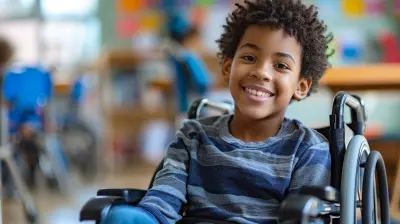
How to Use Positive Behavior Support for Students with Learning Disabilities
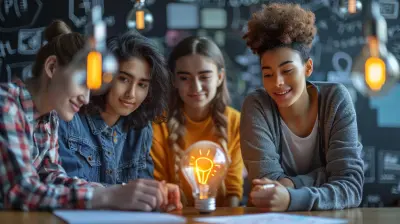
How Collaborative Learning Encourages Lifelong Learning Skills
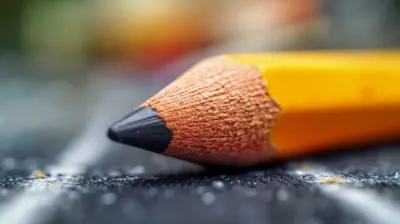
How to Create a Personalized Professional Development Plan
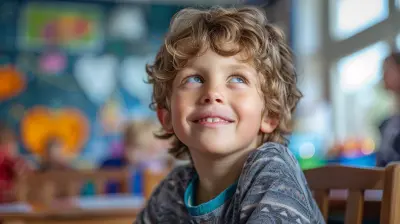
Common Misconceptions About Learning Disabilities Debunked

How to Create a Model of the Solar System at Home
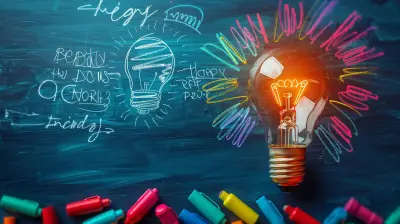
Differentiating Instruction in a Blended Learning Model